Imagine you’re a restaurant owner or manager juggling countless responsibilities and tasks daily. From ensuring food quality and safety to reducing food waste and controlling costs, your role in restaurant operations management is essential to your establishment’s success.
In this blog post, we’ll share seven proven tips to help you run a more efficient and profitable restaurant, along with the everyday challenges you may face and how to overcome them. Let’s dive in!
Key Takeaways
- Successful restaurant operations management involves optimizing various aspects, including procurement, food preparation, pricing, front-of-house operations, cleanup procedures, and safety standards.
- Overcoming labor shortages, and rising costs, and maintaining consistent quality is essential for effective operations management.

Understanding Restaurant Operations Management
At its core, restaurant operations management refers to coordinating and supervising all aspects of a restaurant’s operations, from food preparation to serving meals and maintaining a clean and safe environment.
Successful operations management is essential for achieving customer satisfaction, maintaining a positive cash flow, and ensuring your restaurant’s profitability.
Numerous factors contribute to successful operations management in the restaurant industry. To effectively manage your establishment, you must understand and address these factors, which include:
- Purchasing/Procurement
- Food Preparation and Cooking
- Pricing Strategy
- Front-Of-House Operations
- Cleanup Procedures
- Safety Standards

Purchasing/Procurement
Purchasing and procurement play an essential role in restaurant operations. A well-planned procurement strategy ensures that your establishment has a constant supply of high-quality raw materials, directly impacting food quality, customer satisfaction, and operational efficiency.
For example, consider the procurement of fresh produce for a farm-to-table restaurant. Sourcing locally grown, organic vegetables guarantees better-tasting dishes, supports local farmers, and promotes sustainability. In this scenario, the purchasing strategy can significantly enhance the overall reputation and success of the restaurant.
To streamline your procurement process, you should consider the following task list:
- Establishing relationships with reliable suppliers.
- Negotiating contracts and prices.
- Planning and scheduling deliveries.
- Monitoring inventory levels and adjusting orders as needed.
- Ensuring proper storage and handling of raw materials.

Food Preparation and Cooking
Food preparation and cooking are at the heart of every restaurant’s operations. To consistently deliver delicious, high-quality meals, it’s essential to have a well-organized and efficient kitchen workflow.
Consider a popular pizza restaurant as an example. To ensure that each pizza is made to perfection, the kitchen staff must follow a specific sequence of tasks, from preparing the dough and sauces to assembling the toppings and baking the pizza. This process requires careful planning, coordination, and execution, which are all key aspects of a restaurant operations plan.
Key tasks for food preparation and cooking include:
- Developing and standardizing recipes.
- Training kitchen staff on proper techniques and procedures.
- Ensuring that all equipment is properly maintained and functioning.
- Monitoring food safety and hygiene standards.
- Managing food inventory and waste.

Pricing Strategy
A successful restaurant focuses on delivering exceptional food and establishes a well-thought-out pricing strategy to maintain profitability and attract a diverse customer base. A pricing strategy is crucial to restaurant operations management, as it directly impacts the bottom line and ensures long-term sustainability.
In the case of the popular pizza restaurant, developing an effective pricing strategy involves considering various factors, such as ingredient costs, labor expenses, overhead costs, and competitors’ pricing. So the restaurant business can establish prices that appeal to customers and are profitable for the restaurant.
Key tasks for developing a pricing strategy include:
- Analyzing and tracking ingredient costs.
- Calculating labor costs and overhead expenses.
- Researching competitors’ pricing and market trends.
- Balancing affordability and profitability to determine optimal price points.
- Developing promotional offers and discounts to attract customers and boost sales.
- Regularly reviewing and adjusting prices based on changing market conditions and business needs.
- Communicating pricing changes effectively to staff and customers.

Front-Of-House Operations
Front-of-house operations are critical to the overall success of your business. These include customer service, table management, and the overall dining experience, all contributing significantly to customer satisfaction and repeat business.
Take, for instance, a fine dining restaurant where customers expect a high level of personalized service, attention to detail, and an elegant ambiance. Front-of-house staff must be well-trained in etiquette, communication, and conflict resolution to ensure every guest has a memorable dining experience.
Key tasks for front-of-house operations include:
- Hiring, training, and scheduling front-of-house staff.
- Developing and implementing customer service standards.
- Managing reservations and table assignments.
- Ensuring a clean and inviting dining environment.
- Addressing customer complaints and concerns promptly.

Cleanup Procedures
Maintaining a clean and sanitary environment is essential for the success of any restaurant managers. Proper cleanup procedures contribute to a more enjoyable dining experience and help prevent foodborne illnesses and ensure compliance with health and safety regulations.
For example, a busy fast-food restaurant must have a systematic approach to cleaning and sanitizing tables, trays, and condiment stations throughout the day and a thorough end-of-day cleaning routine that covers all areas of the establishment.
Key tasks for cleanup procedures include:
- Establishing daily and periodic deep cleaning schedules
- Training staff on proper cleaning and sanitizing techniques
- Ensuring the availability of cleaning supplies and equipment
- Conducting regular inspections to monitor cleanliness and hygiene
- Complying with local health department regulations and guidelines
Safety Standards
Safety should always be a top priority in restaurant operations management. This includes food safety and the physical safety of your staff and customers.
Consider a bustling cafe with a popular outdoor patio. To keep guests and employees safe, management must ensure the patio is well-maintained, free of hazards, and adequately lit in the evenings. Additionally, the cafe should have a well-stocked first aid kit and emergency procedures in place for any potential accidents or incidents.
Key tasks for maintaining safety standards include:
- Implementing and enforcing food safety protocols
- Training staff on emergency procedures and first aid
- Conducting regular safety inspections and addressing potential hazards
- Ensuring compliance with local and federal safety regulations
- Providing a safe and comfortable working environment for employees

5 Main Challenges in Restaurant Operations Management Strategy
Running a restaurant can be a rewarding but challenging endeavor. To help you navigate the ups and downs of restaurant operations management, we’ve identified five common challenges and offered some tips for overcoming them.
- Labor Shortages
- Rising Costs
- Hiring and Training
- Ensuring consistent quality
- Dealing with customer complaints
1. Labor Shortages
Labor shortages are a significant challenge in the restaurant industry, especially given the high turnover rate and seasonal fluctuations in staffing needs. To combat labor shortages, consider the following strategies:
- Offer competitive wages and benefits to attract and retain staff.
- Implement a referral program to encourage current employees to recommend potential hires.
- Utilize temporary staffing agencies or part-time workers during peak seasons.
- Streamline operations and invest in labor-saving technology to reduce staffing needs.

2. Rising Costs
Rising costs, such as food, labor, and utilities, can strain your restaurant’s profitability. To mitigate the impact of rising costs, consider implementing these strategies:
- Regularly review and renegotiate contracts with suppliers to secure better pricing
- Implement energy-saving measures to reduce utility expenses
- Optimize scheduling and labor management to minimize overtime and labor costs
- Regularly review menu pricing and adjust as needed to maintain profitability
3. Hiring and Training
Hiring and training new employees can be time-consuming and costly, especially given the high turnover rate in the restaurant industry. To improve your hiring and training process, consider the following strategies:
- Develop a clear and detailed job description for each position to attract qualified candidates.
- Implement a structured interview to assess skills, personality, and cultural fit.
- Offer comprehensive onboarding and training programs to set new hires up for success.
- Encourage ongoing professional development and growth opportunities to retain top talent.
4. Ensuring consistent quality
Maintaining consistent food quality and service standards is essential for building customer loyalty and a strong reputation. To ensure consistency across all aspects of your restaurant’s operations, consider these strategies:
- Implement standardized recipes and cooking procedures to maintain uniformity in dishes.
- Conduct regular quality checks and audits to identify and address potential issues.
- Provide ongoing training and support to staff to reinforce best practices and expectations.
- Utilize customer feedback and reviews to improve quality and service continuously.
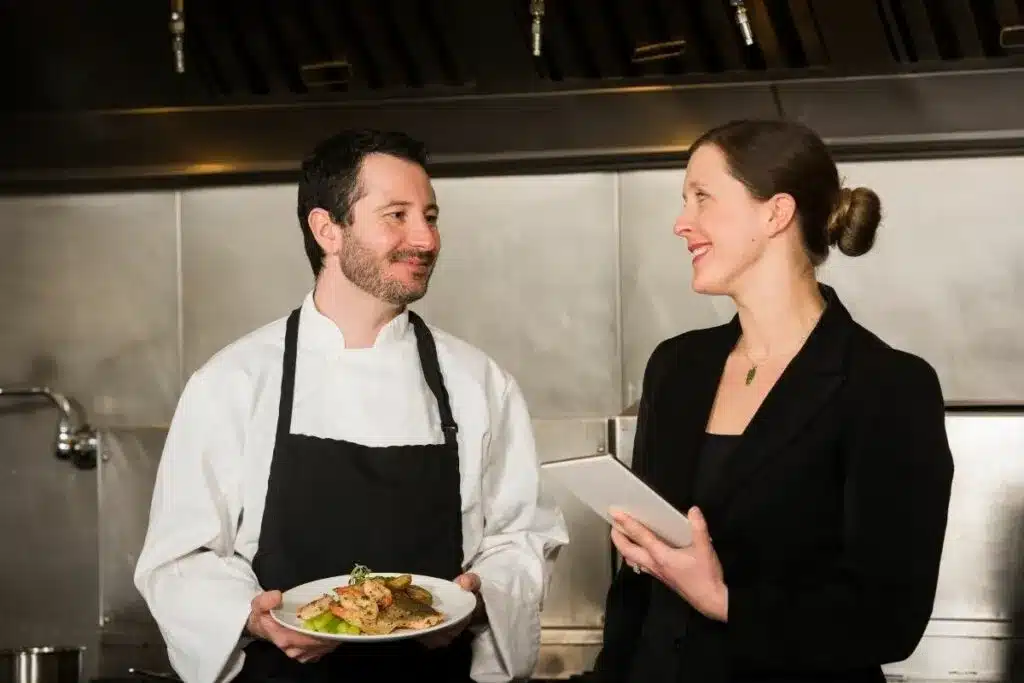
5. Dealing with customer complaints
Addressing and resolving customer complaints is an inevitable part of restaurant operations management. Handling these situations effectively can help maintain customer satisfaction and protect your restaurant’s reputation. Consider the following strategies for managing customer complaints:
- Train staff on effective conflict resolution and communication techniques
- Empower employees to resolve minor issues without needing managerial intervention
- Respond to online reviews and feedback promptly and professionally
- Use customer complaints as an opportunity to identify areas for improvement and growth
7 Tips for Improving Restaurant Operations Management
Now that you’re familiar with the challenges faced by restaurant owners and managers, let’s explore seven actionable tips for improving your restaurant operations management:
- Technology Application
- Inventory Management
- Reducing Food and Beverage Costs
- Reducing Labor Costs
- Focusing on Customer Satisfaction
- Equipment Maintenance
- Reporting and Analysis
Technology Application
Integrating technology can significantly improve restaurant operations management. For example, utilizing restaurant management software can automate tasks such as inventory tracking, sales forecasting, and employee scheduling, freeing up valuable time for you to focus on other aspects of your business.
Consider a scenario where a popular cafe adopts an online ordering and payment solution. This enhances the customer experience by offering a convenient and contactless option and reduces order errors and wait times, ultimately increasing customer satisfaction and revenue.

Inventory Management
Effective inventory managements reduce food waste, controls costs, and maintains consistent food quality. To optimize your inventory management, review the following strategies:
- Implement a first-in, first-out (FIFO) inventory rotation system
- Conduct regular inventory audits to identify discrepancies and adjust orders accordingly
- Utilize inventory management software to track usage and generate automatic reordering alerts
- Train staff on proper storage and handling procedures to prevent spoilage and contamination.
Reducing Food and Beverage Costs
Managing food and beverage costs is essential for maintaining profitability and competitiveness in the restaurant industry. One effective strategy for controlling costs is through the use of standardized recipes.
Imagine a burger joint that creates recipe costing cards for each menu item. This ensures that every staff member follows the same portion sizes and ingredient quantities, reducing waste and ensuring consistent food quality. As a result, the restaurant can accurately predict food costs, minimize waste, and maintain profitability.
Reducing Labor Costs
Labor costs can account for a significant portion of your restaurant’s expenses. To reduce labor costs without sacrificing service quality, consider the following strategies:
- Implement staff management and scheduling software to optimize staffing levels and avoid overstaffing.
- Cross-train employees to increase flexibility and reduce the need for additional hires.
- Offer incentives for efficient work and cost-saving ideas.
- Consider outsourcing tasks, such as cleaning or accounting, to save on labor expenses.
Focusing on Customer Satisfaction
A strong focus on customer satisfaction is at the heart of any successful restaurant. To enhance the customer experience and encourage repeat business, explore implementing these strategies:
- Regularly solicit and act on customer feedback to identify areas for improvement.
- Train staff on best practices for exceptional customer service.
- Offer a diverse and appealing menu that caters to various tastes and dietary restrictions.
- Create a welcoming and comfortable atmosphere that encourages customers to linger and return.
Equipment Maintenance
Proper equipment maintenance is essential for maintaining efficiency and reducing costly downtime in your restaurant. To ensure that your equipment remains in optimal condition, consider these strategies:
- Establish a preventative maintenance schedule for all equipment.
- Train staff on proper equipment usage and care.
- Keep a log of equipment maintenance and repairs to proactively identify patterns and address issues.
- Allocate a budget for equipment repairs and replacements to minimize unexpected expenses.

Reporting and Analysis
Data-driven decision-making can significantly improve your restaurant’s operations and financial health. You can make informed decisions and drive continuous improvement by analyzing historical sales data, inventory usage, and other key performance indicators.
Review the following strategies for leveraging data in your restaurant operations management:
- Utilize sales forecasting and reporting software to identify trends and anticipate demand.
- Monitor food and labor costs regularly to ensure alignment with budget targets.
- Analyze customer feedback and reviews to identify opportunities for improvement.
- Review financial health indicators, such as cash flow and profit margin, to make informed business decisions.
In Conclusion
Restaurant operations management is a complex and multifaceted endeavor, requiring attention to detail, strategic planning, and adaptability. Are you struggling to improve your restaurant’s operations management? Do you constantly deal with issues like low customer satisfaction and decreased profits?
Subscribe to our blog to access proven strategies and expert insights that can help streamline your operations and increase your bottom line. Don’t let poor restaurant operations management hold you back any longer.






















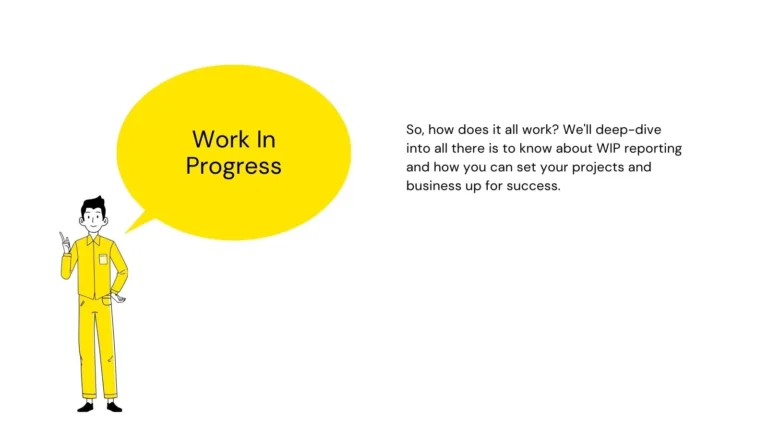










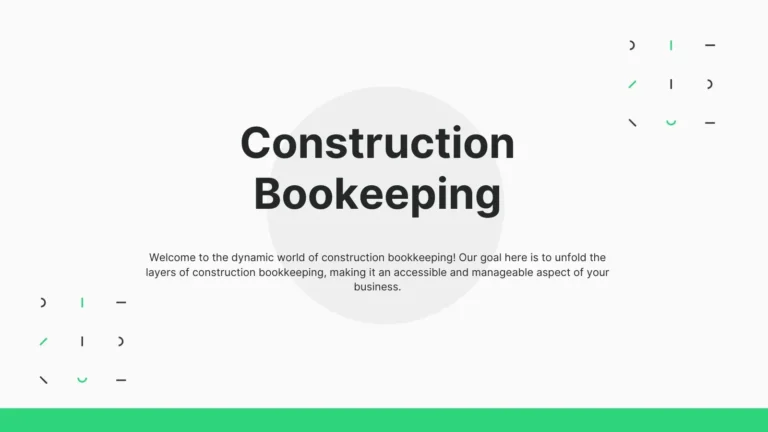


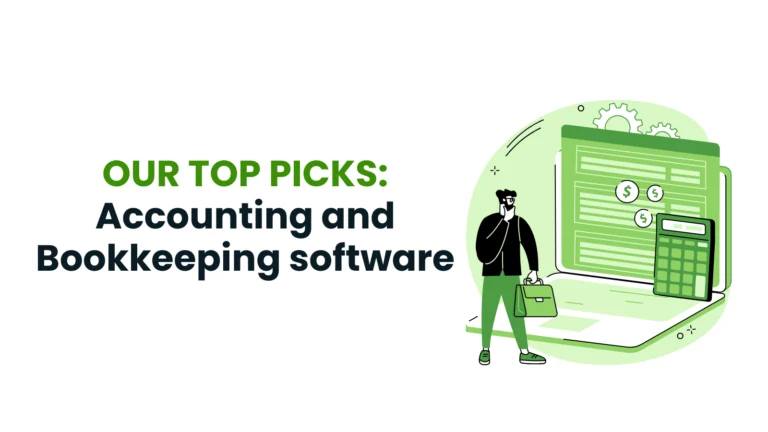
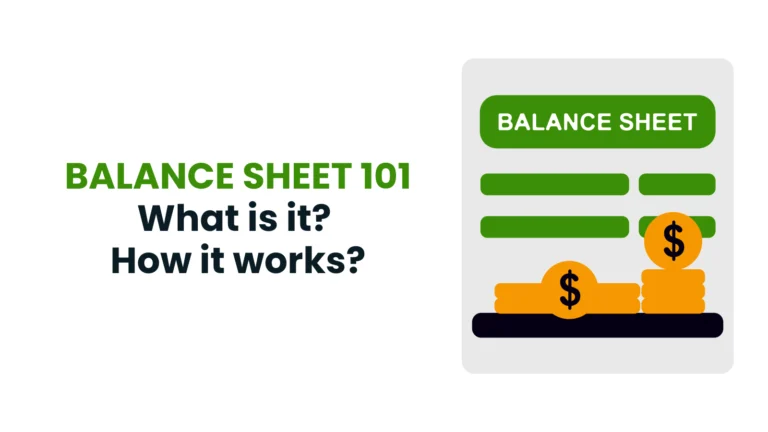






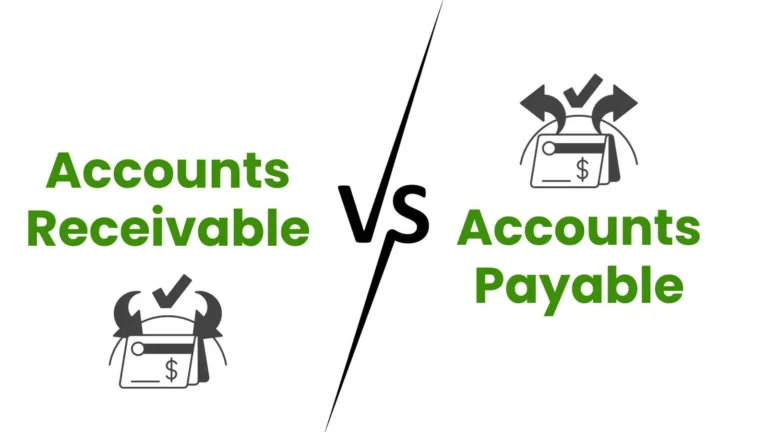












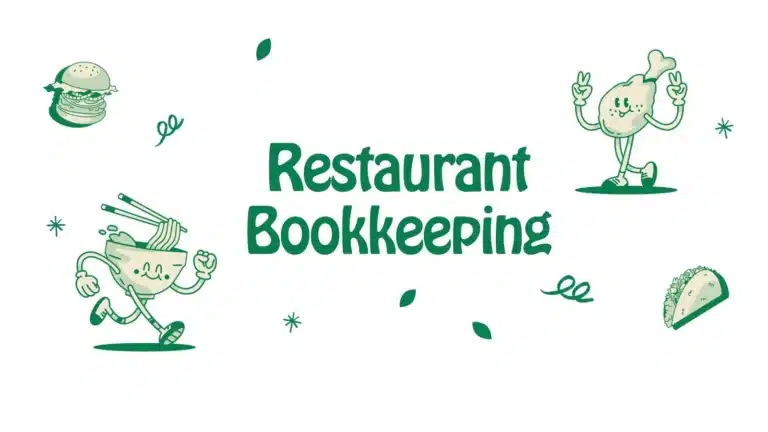

















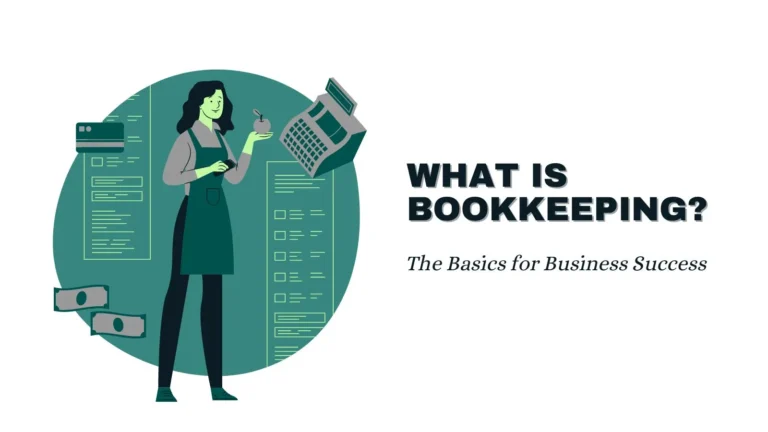
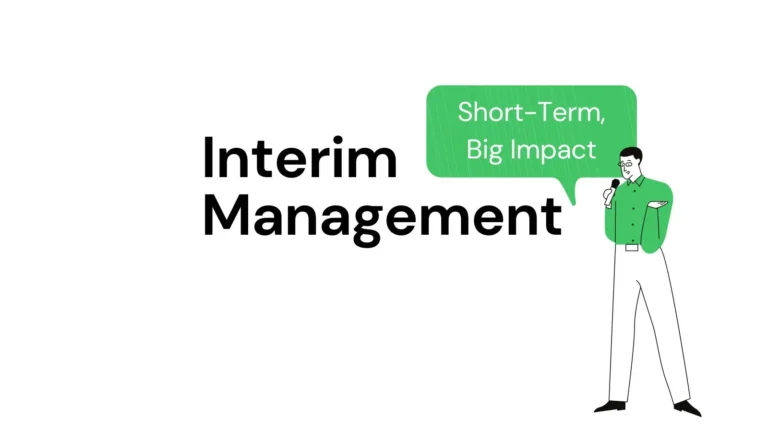








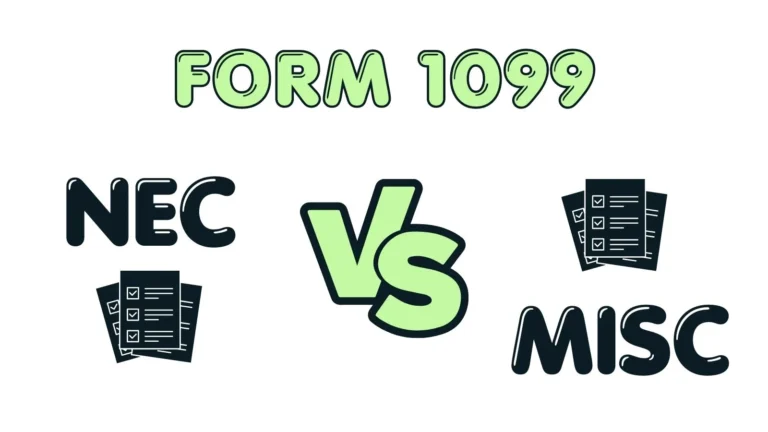






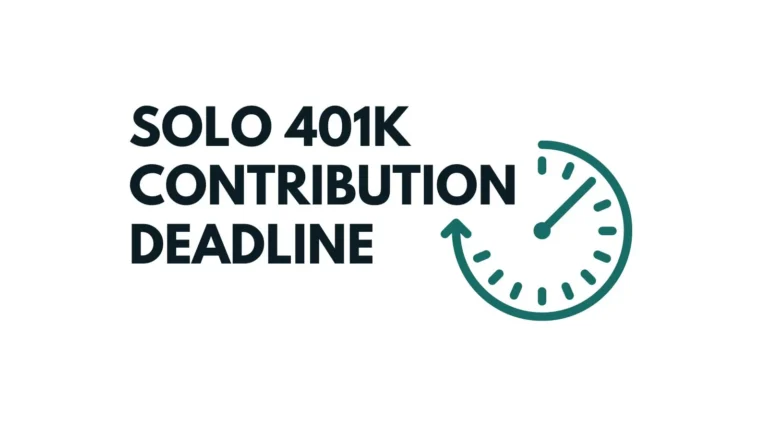






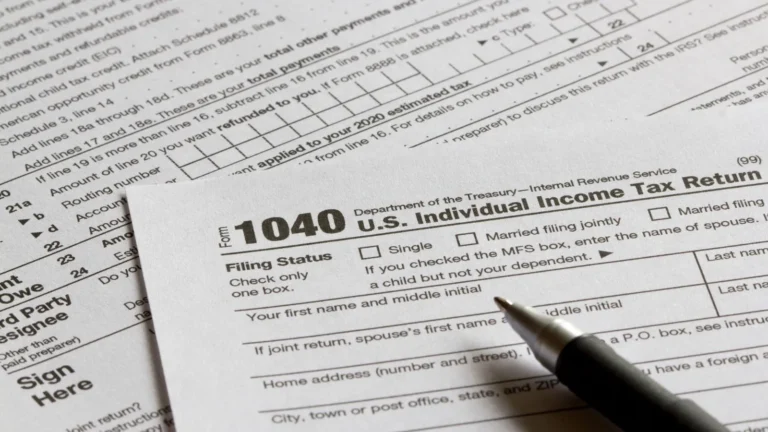

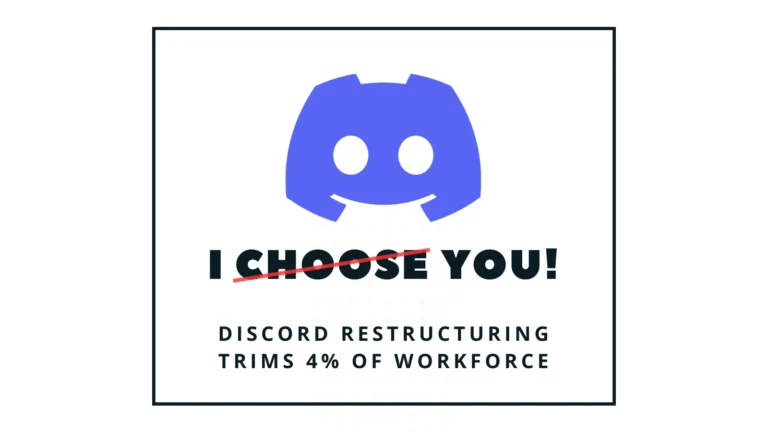



 anywhere
anywhere  anytime
anytime